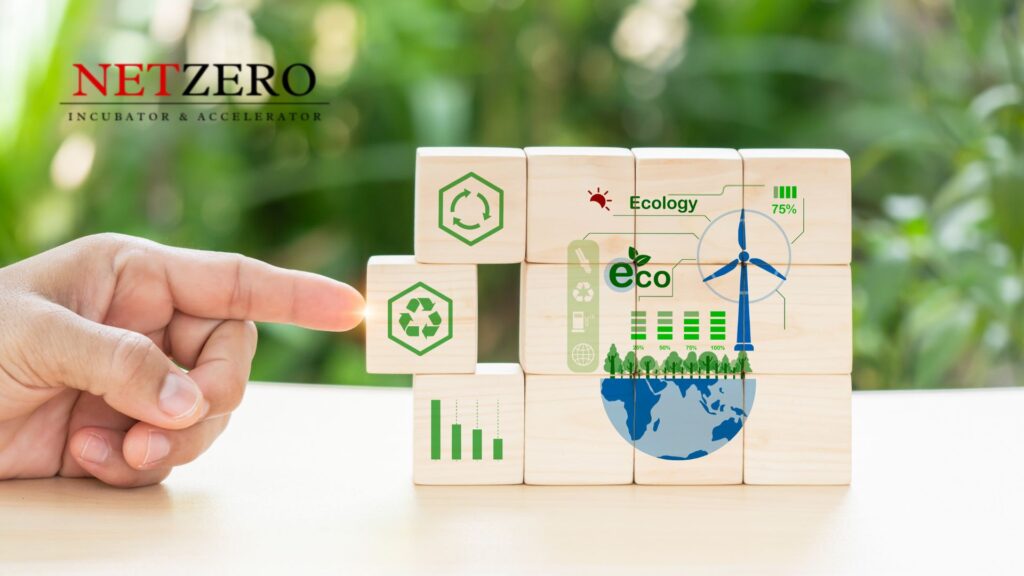Introduction
The global conversation is increasingly pivoting towards sustainability, and corporations are no exception to this trend. An essential component of a corporation’s environmental impact is its energy usage, thus presenting a crucial opportunity for sustainable reform. This extensive guide is designed to navigate corporations through the transition towards sustainable energy practices.
Deciphering Sustainable Energy Practices
Embarking on the journey towards sustainable energy requires a comprehensive understanding of what the concept entails. In essence, sustainable energy practices involve enhancing energy efficiency and incorporating renewable energy sources into the corporate energy mix. The aim is to reconcile the energy demands of the corporation with the imperative to conserve our planet’s resources.
Advantages of Transitioning to Sustainable Energy
The transition to sustainable energy yields myriad benefits, encompassing environmental, economic, and reputational gains. Not only can sustainable energy practices reduce your corporation’s carbon emissions, but they can also result in significant cost savings, bolster your corporate image, ensure compliance with environmental regulations, and foster a culture of innovation.
Evaluating Current Energy Practices
The first landmark on the corporate journey to sustainable energy use is to evaluate existing energy practices. This involves identifying key energy-intensive operations, quantifying overall energy consumption, and establishing the proportion of renewable energy sources in your current energy mix. This provides a benchmark to measure future progress.
Spotting Opportunities for Enhancing Energy Efficiency
The subsequent step involves identifying potential opportunities for bolstering energy efficiency. This could range from implementing energy-efficient lighting systems, insulating corporate buildings to reduce heating and cooling requirements, or refining manufacturing processes to lower energy consumption. Undertaking an energy audit can be instrumental in pinpointing such opportunities.
Planning the Shift to Renewable Energy
Alongside this, planning the shift towards renewable energy is paramount. This involves assessing various renewable energy options such as solar, wind, hydroelectric, and bioenergy, and determining their feasibility for your corporation. This could also involve exploring options like buying green energy from the grid or investing in renewable energy initiatives.
Executing Your Sustainable Energy Strategy
With a robust strategy in place, the focus then shifts to execution. This involves implementing energy efficiency initiatives, transitioning to renewable energy sources, and consistently monitoring energy consumption. It’s essential to ensure organization-wide participation in this process for maximum effectiveness.
Monitoring Your Progress
Lastly, it’s crucial to keep track of your progress towards sustainable energy use. Regularly measure energy consumption, the percentage of energy sourced from renewables, and the energy savings achieved through efficiency initiatives. This will enable course corrections as necessary and allow your corporation to celebrate its achievements.
Conclusion
In summary, the path towards sustainable energy use is an integral part of corporate sustainability. By understanding sustainable energy practices, evaluating current energy consumption, identifying energy efficiency opportunities, planning and executing a transition to renewable energy, and monitoring progress, corporations can significantly diminish their environmental impact while reaping numerous business benefits. This journey demands commitment and continuous effort, but the rewards are undoubtedly worth it. The time to set off on this journey is now.










